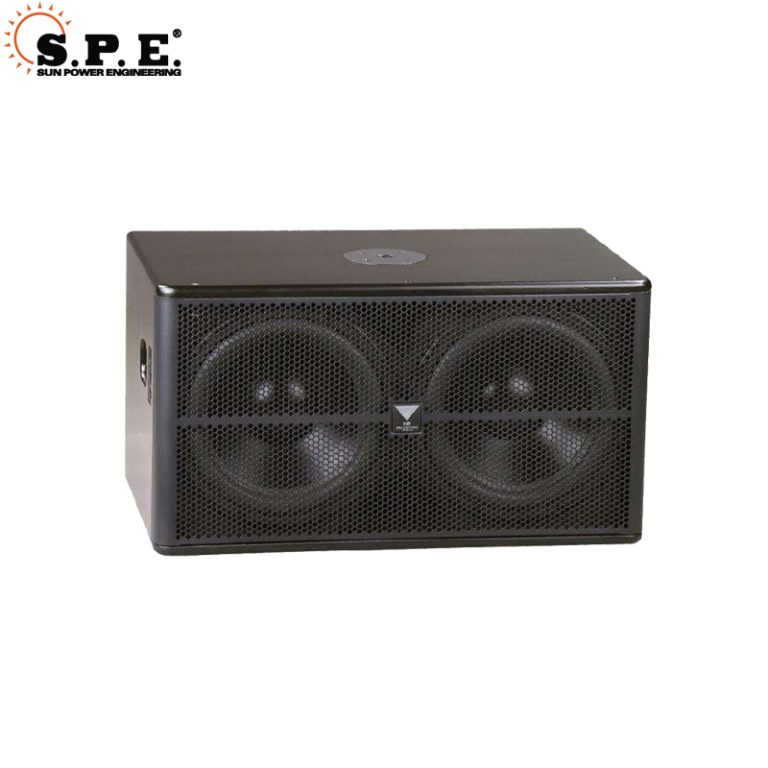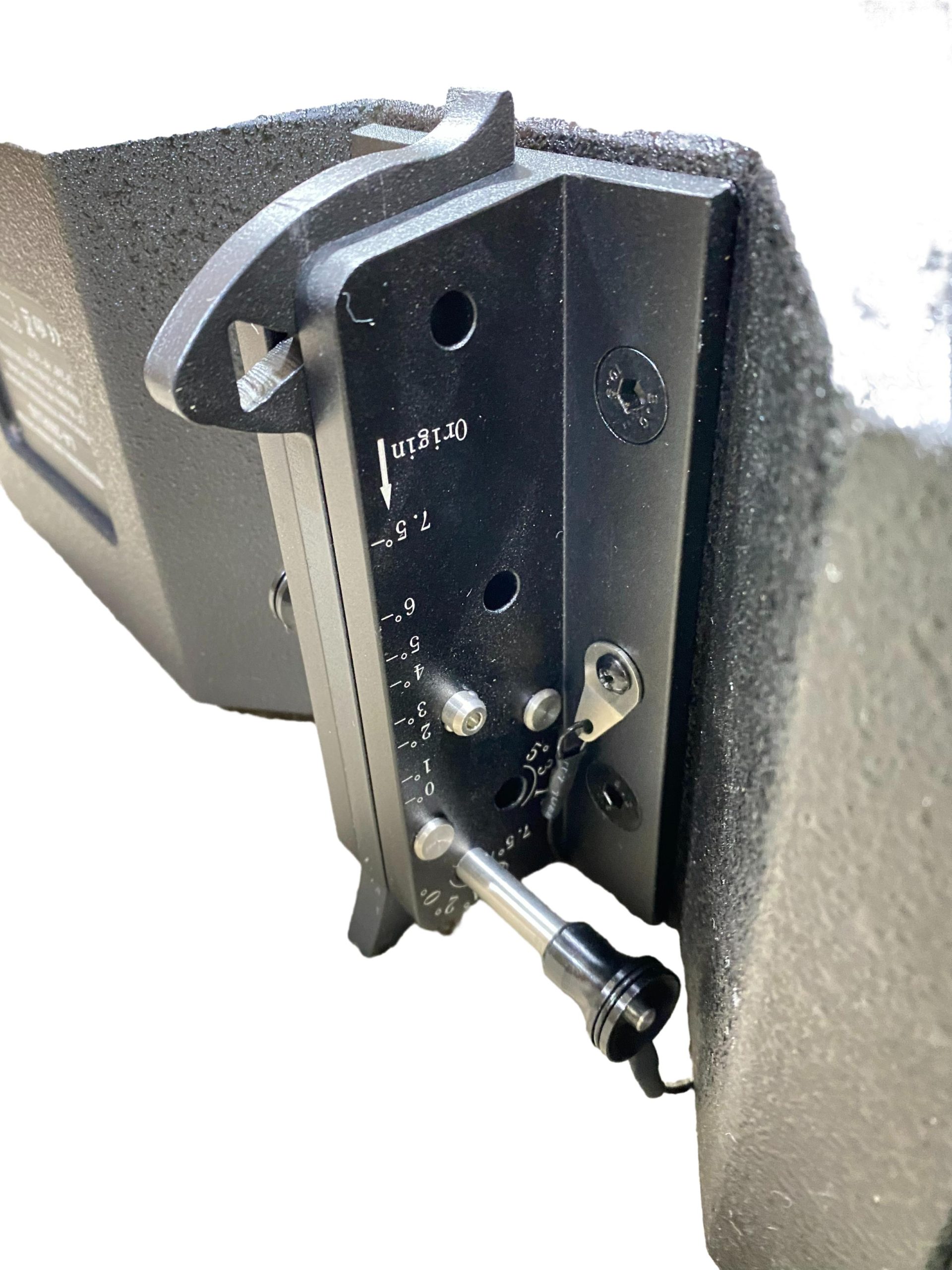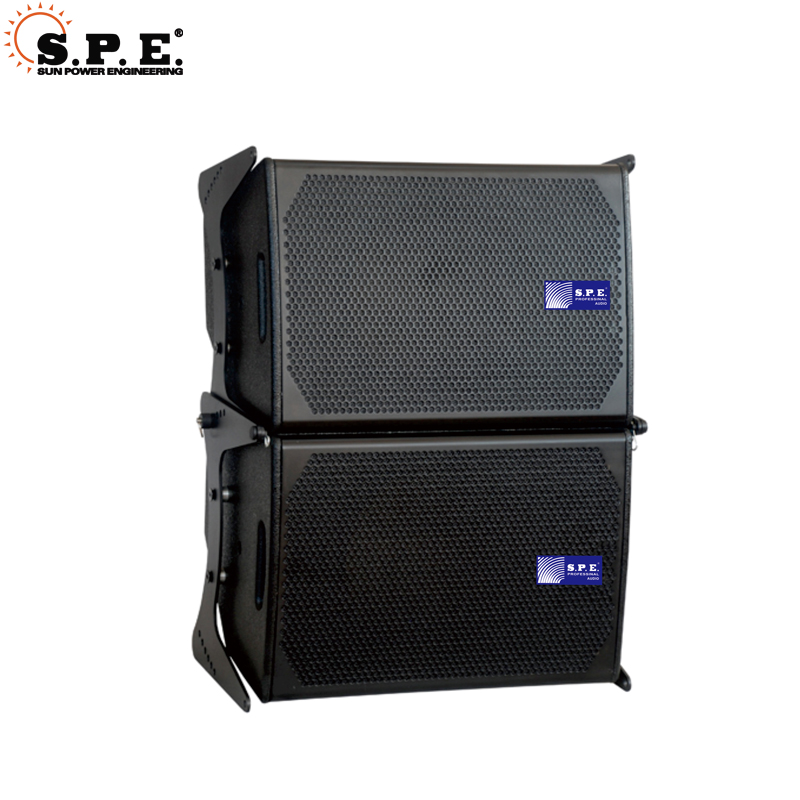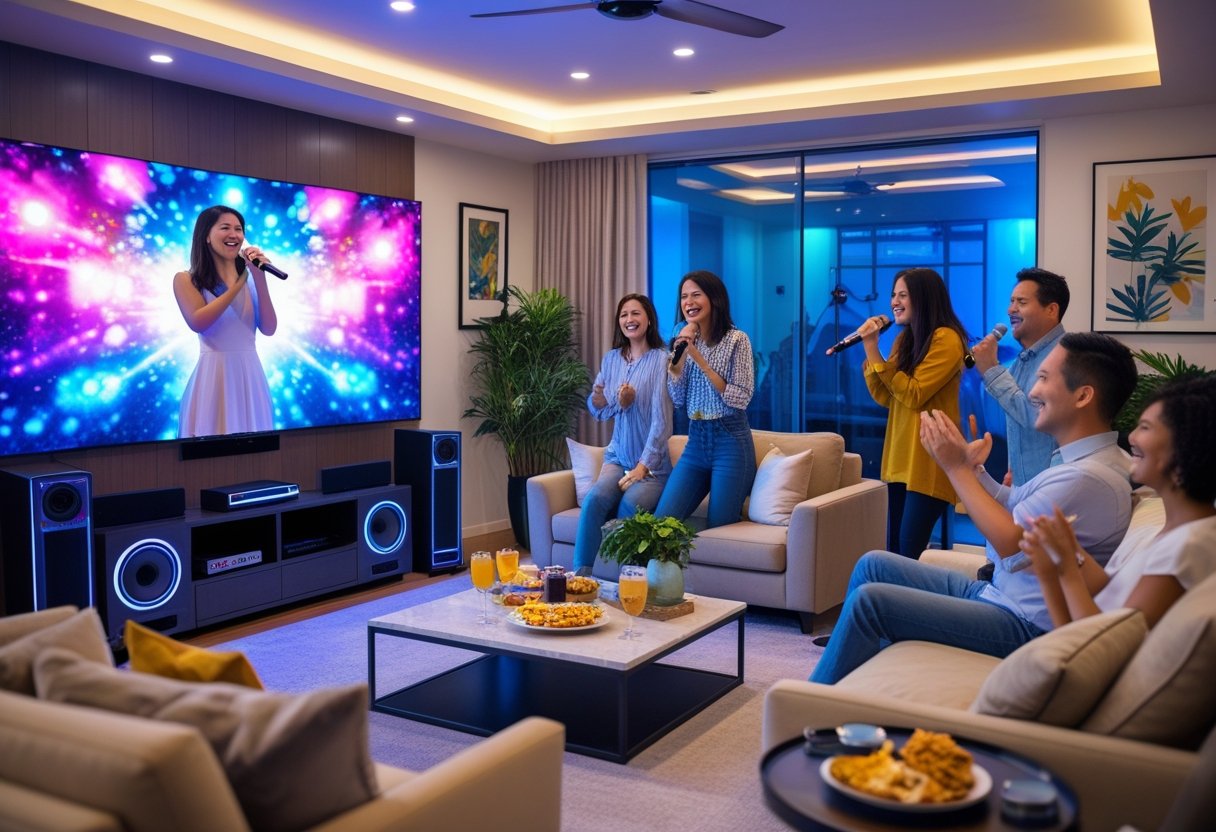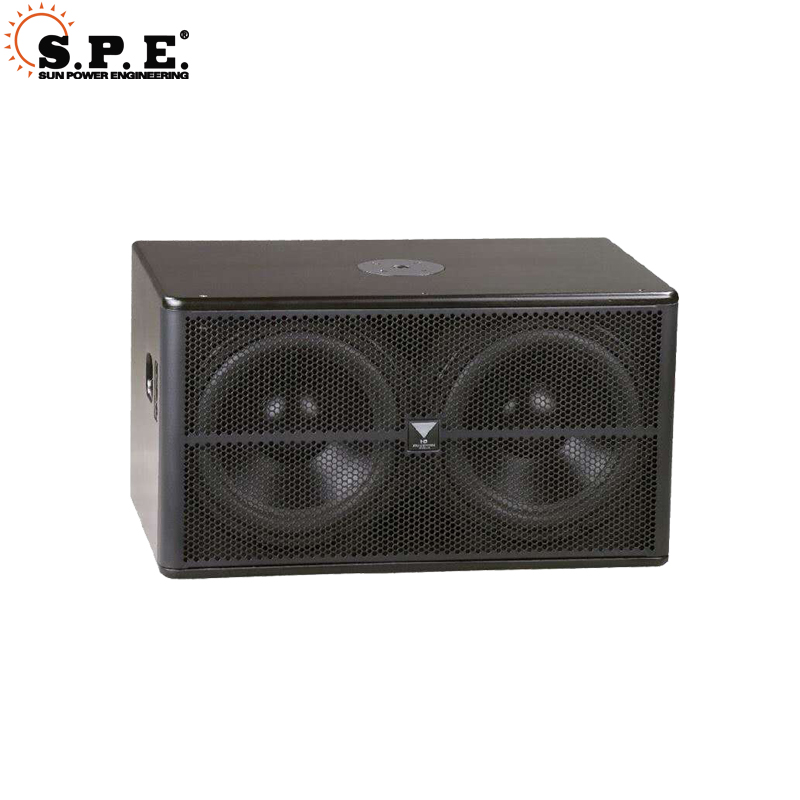Создание корпуса для 18-дюймового сабвуфера требует тщательного планирования и понимания принципов акустики для достижения оптимального качества звука. Профессиональные аудиоинженеры и любители самостоятельной сборки стремятся к созданию систем, обеспечивающих глубокие и мощные басы, сохраняя при этом чистоту звука и избегая нежелательных резонансов.

Залогом успеха конструкции 18-дюймового звукоснимателя является соответствие объема корпуса, настройки порта и внутреннего крепления параметрам конкретного динамика. Производители профессиональных громкоговорителей Мы предлагаем проверенные конструкции, включающие двухфазные фазоинверторы с полосовой структурой для высокой выходной мощности и расширенного диапазона низких частот. Эти конструкции оснащены большими вентиляционными отверстиями для снижения турбулентности воздуха и внутренними распорками для минимизации потерь в корпусе.
Современный калькуляторы для сабвуферных коробок и программное обеспечение для проектирования делают создание индивидуальных корпусов с максимальным качеством звука проще, чем когда-либо. Независимо от того, разрабатываете ли вы компактную конструкцию с фазоинвертором или сложную систему с рупорной нагрузкой, понимание взаимосвязи между объёмом корпуса, частотой настройки и характеристиками драйвера гарантирует, что конечный продукт обеспечит глубокие и чистые басы, которыми славятся 18-дюймовые сабвуферы.
Ключевые выводы
- Правильный объем корпуса и настройка порта должны соответствовать спецификациям водителя для оптимальной производительности.
- Внутренние распорки и большие вентиляционные отверстия предотвращают нежелательные резонансы и турбулентность воздуха.
- Программное обеспечение для проектирования и проверенные чертежи помогают добиться результатов профессионального качества при изготовлении индивидуальных проектов.
Основы проектирования 18 звуковых коробок
Успешная разработка 18-дюймового сабвуфера требует правильного выбора динамиков, качественных материалов и понимания принципов акустики. Сочетание этих элементов обеспечивает мощное и точное воспроизведение басов.
Ключевые компоненты и конфигурация динамиков
Динамик является сердцем любой 18-дюймовой сабвуферной системы. Профессиональные производители предлагают несколько вариантов драйверов включая версии с неомагнитами для высокой мощности и облегченной конструкции, ферритовые варианты для экономичных решений и высокоэффективные модели для максимального эффекта.
Характеристики драйвера, которые следует учитывать:
- Мощность передачи мощности
- Диапазон частотной характеристики
- Рейтинги чувствительности
- Согласование импеданса
- Тип магнита (нео или феррит)
Конфигурация портов играет решающую роль в производительности системы. Полосовые конструкции обеспечивают высокую выходную мощность с расширенной характеристикой низких частот сохраняя при этом компактные размеры.
Усилитель должен соответствовать мощности и сопротивлению динамика. Правильная конструкция кроссовера гарантирует, что сабвуфер воспроизводит только те частоты, которые он эффективно обрабатывает.
Материалы и методы строительства корпусов
Конструкция корпуса напрямую влияет на качество звука и долговечность. Плотные материалы, такие как МДФ или берёзовая фанера, обеспечивают лучшие акустические свойства, чем ДСП или тонкая фанера.
Основные элементы конструкции:
- Толщина стенки: Минимум 3/4 дюйма для 18-дюймовых драйверов
- Внутренние связи: Предотвращает вибрацию и резонанс корпуса
- Укрепление суставов: Клеевые и винтовые соединения для прочности
- Демпфирующие материалы: Уменьшает внутренние отражения
Правильное внутреннее крепление значительно снижает потери в шкафу. Угловые и поперечные распорки распределяют нагрузку и устраняют точки изгиба.
Конструкция порта влияет на воздушный поток и турбулентность. Раструбы на концах уменьшают турбулентность воздуха по сравнению с прямыми портами. Большая площадь отверстий предотвращает компрессию портов при высокой выходной мощности.
Акустические принципы оптимального звука
Громкость корпуса определяет частоту настройки системы и ее общий отклик. Большие поля громкости помогают эффективно воспроизводить первые две октавы охватывающий диапазон от 0 до 80 Гц.
Критические акустические факторы:
- Резонансная частота: Перемещается вверх, когда водитель установлен
- Системное демпфирование: Влияет на качество переходного процесса
- Настройка порта: Определяет расширение и выход басов
- Внутренний объем: Влияет на форму частотной характеристики
Конструкции с избыточным демпфированием обеспечивают лучшую переходную характеристику Но может снизить максимальную производительность. Баланс зависит от предполагаемого использования.
Пропорции корпуса влияют на внутренние стоячие волны. Избегание одинаковых размеров предотвращает резонансные пики, окрашивающие звук.
Расширенные стратегии проектирования и оптимизация производительности
Правильный контроль температуры и точный подбор усилителей определяют долгосрочную надежность и максимальный выходной потенциал 18-дюймовых аудиосистем. Эти факторы напрямую влияют на долговечность динамиков и общую производительность системы в сложных условиях.
Вентиляция и управление отоплением
Температура звуковой катушки 18-дюймовых динамиков может превышать 200°C при работе на высокой мощности. Эффективное рассеивание тепла предотвращает тепловое сжатие и выход динамика из строя.
Методы пассивного охлаждения:
- Радиаторы с задним креплением увеличивают площадь поверхности на 40-60%
- Алюминиевые каркасы звуковых катушек проводят тепло более эффективно, чем медные
- Вентилируемые полюсные наконечники обеспечивают поток воздуха через магнитный зазор.
Решения активного охлаждения:
- Системы принудительной вентиляции снижают рабочую температуру на 30–50 °C.
- Вентиляторы, установленные на шасси, должны обеспечивать производительность 50–100 куб. футов в минуту для оптимального охлаждения.
- Направленный поток воздуха предотвращает накопление пыли на чувствительных компонентах
Конструкция портов влияет на внутреннюю циркуляцию воздуха. Большая площадь поперечного сечения снижает скорость и турбулентность воздуха. Несколько портов меньшего размера часто обеспечивают лучшее охлаждение, чем одно большое отверстие.
Цепи тепловой защиты:
- Датчики температуры активируют автоматическое снижение мощности при 150°C
- Тепловые предохранители защищают от катастрофических отказов
- Резисторы PTC обеспечивают постепенное ограничение мощности по мере нагревания
Материалы корпуса влияют на сохранение тепла. МДФ сохраняет больше тепла, чем фанера или композитные материалы. Объём внутреннего воздуха влияет на тепловую массу и эффективность охлаждения.
Интеграция усилителей и согласование мощности
Выбор усилителя требует точного соответствия мощности характеристикам драйвера. Усилители недостаточной мощности вызывают искажения, которые повреждают звуковые катушки сильнее, чем чистый перегруз.
Требования к питанию:
- Мощность RMS должна быть равна 75-100% теплового номинала драйвера.
- Допустимая пиковая мощность составляет 3-4x RMS для переходных сигналов
- Согласование импеданса предотвращает нестабильность усилителя
Выбор класса:
- Усилители класса AB обеспечивают линейную характеристику для сабвуферов
- Модели класса D обеспечивают более высокую эффективность и пониженное тепловыделение
- Частоты переключения выше 400 кГц минимизируют электромагнитные помехи.
Системы защиты:
- Инфразвуковые фильтры предотвращают чрезмерное отклонение динамика ниже частоты настройки
- Ограничители сжимают сигналы до возникновения клиппинга
- Фильтры верхних частот защищают драйверы от повреждения постоянным током
Интеграция DSP:
- Крутизна среза кроссовера 24 дБ/октаву или выше защищает драйверы
- Параметрический эквалайзер компенсирует акустику помещения и реакцию драйвера
- Выравнивание задержки обеспечивает правильное соотношение фаз с полнодиапазонными системами
Расположение усилителя влияет на производительность. Устройства, монтируемые в стойку, требуют достаточной вентиляции. Интегрированные модули усилителя снижают потери при подключении и повышают надежность системы.

